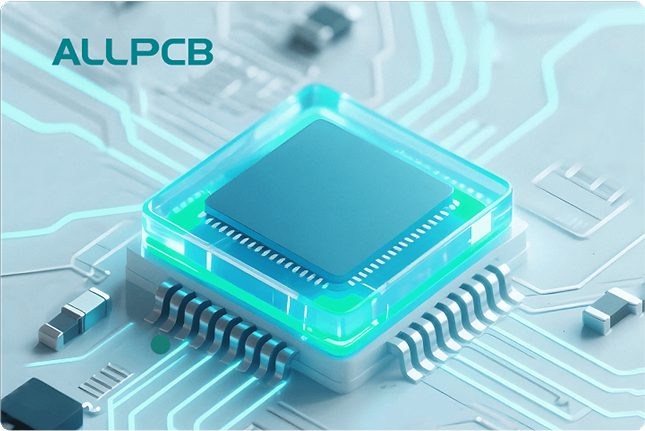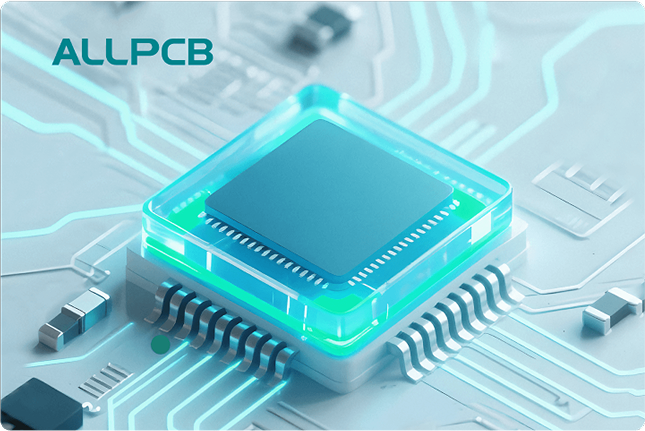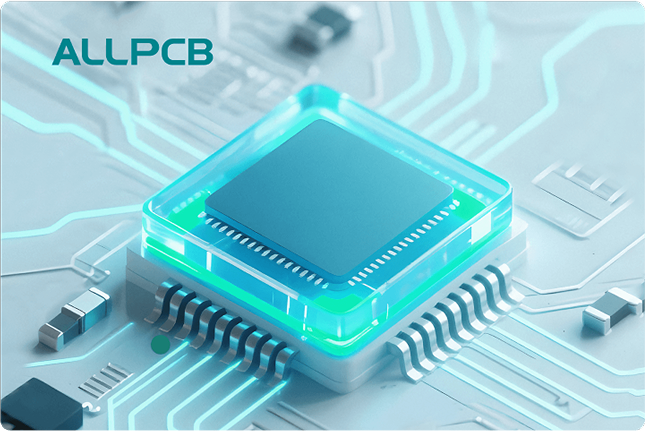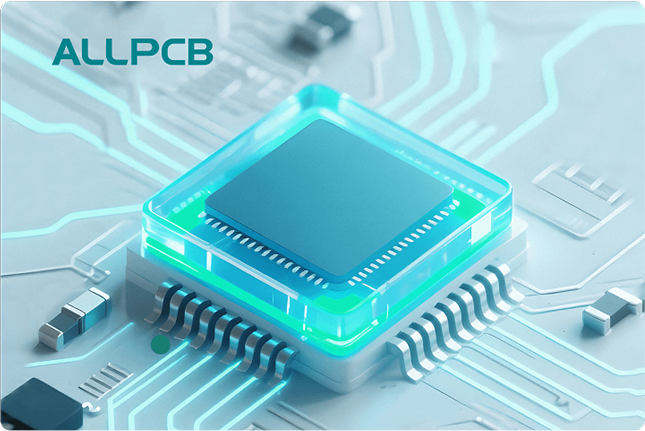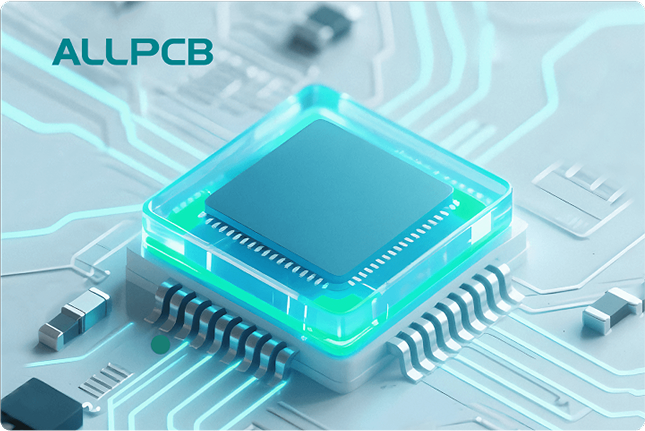If you're looking to reduce costs in PCB assembly, mastering component price negotiation and optimizing your Bill of Materials (BOM) is key. This blog dives deep into BOM cost optimization, component sourcing strategies, alternative parts negotiation, obsolescence management, and value engineering for PCB projects. We'll explore practical steps and proven tactics to help you save money without sacrificing quality.
Whether you're an electronics engineer, procurement specialist, or project manager, managing costs in PCB assembly can be a daunting task. Component prices fluctuate, supply chain issues arise, and unexpected obsolescence can throw a wrench into your plans. However, with the right strategies, you can take control of your BOM costs and build stronger supplier relationships. Let's break down how to go beyond the BOM and master component price negotiation for your next PCB assembly project.
Why Component Price Negotiation Matters in PCB Assembly
In PCB assembly, the BOM is more than just a list of parts—it's the blueprint of your project's cost structure. Components often account for 60-80% of the total cost of a PCB assembly, depending on the complexity of the design. With such a significant impact on your budget, negotiating component prices and optimizing your BOM can lead to substantial savings.
Effective negotiation isn't just about getting the lowest price. It's about building partnerships with suppliers, understanding market trends, and making informed decisions that balance cost, quality, and availability. By focusing on BOM cost optimization and component sourcing strategies, you can avoid overpaying and ensure your project stays on budget.
Step 1: Optimize Your BOM for Cost Efficiency
Before you even start negotiating with suppliers, take a close look at your BOM. A well-optimized BOM reduces unnecessary expenses and sets the stage for successful price discussions. Here are actionable tips for BOM cost optimization:
- Standardize Components: Use common, widely available components whenever possible. For example, instead of specifying a unique resistor with a 1.234kΩ value, round to a standard 1.2kΩ if your design allows. Standardization reduces costs by leveraging economies of scale.
- Minimize Part Variants: Reduce the number of unique parts in your BOM. Each additional part type increases procurement complexity and cost. Consolidate similar components to streamline sourcing.
- Design for Manufacturability (DFM): Work with your design team to ensure the BOM aligns with assembly processes. For instance, choose components with standard package sizes like 0805 or 0603 for resistors and capacitors to avoid expensive custom handling during assembly.
By refining your BOM early, you create a leaner, more cost-effective starting point for negotiations. A streamlined BOM also makes it easier to identify opportunities for value engineering for PCB projects, where you can swap high-cost parts for more affordable alternatives without compromising performance.
Step 2: Develop Strong Component Sourcing Strategies
Once your BOM is optimized, the next step is sourcing components at the best possible price. Effective component sourcing strategies can make a significant difference in your overall costs. Here’s how to approach it:
- Build Relationships with Multiple Suppliers: Don’t rely on a single source for components. Establish connections with multiple distributors to create competition and gain leverage during negotiations. This also protects you from supply chain disruptions.
- Leverage Volume Discounts: If your project involves high-volume production, negotiate bulk pricing. For example, ordering 10,000 units of a capacitor might reduce the per-unit cost by 20-30% compared to ordering 1,000 units.
- Monitor Market Trends: Component prices fluctuate based on supply and demand. Use tools like online component marketplaces to track pricing trends for critical parts like microcontrollers or connectors. Timing your purchases during price dips can save you thousands.
Step 3: Master the Art of Alternative Parts Negotiation
Sometimes, the exact components in your BOM are too expensive or unavailable. This is where alternative parts negotiation comes into play. Finding and negotiating for substitute parts can keep your project on track and within budget.
- Identify Compatible Alternatives: Work with your design team to identify components with similar specifications. For instance, if a specific 3.3V regulator is out of stock, look for another with the same voltage output and current rating from a different manufacturer.
- Negotiate on Price and Lead Time: When proposing alternatives to suppliers, focus on both cost and availability. A slightly more expensive part with a shorter lead time might be worth it if it prevents project delays.
- Test Before Committing: Always validate alternative parts in a prototype to ensure they meet performance requirements. For example, swapping a capacitor with a different dielectric material might affect signal integrity at high frequencies (e.g., above 100 MHz), so testing is critical.
By mastering alternative parts negotiation, you can avoid costly delays and maintain flexibility in your sourcing process.
Step 4: Tackle Obsolescence Management Head-On
Component obsolescence is a major challenge in PCB assembly. When a part is discontinued, you’re often forced to redesign or pay premium prices for remaining stock. Proactive obsolescence management can mitigate these risks and save costs in the long run.
- Plan for Lifecycle Risks: Check the lifecycle status of critical components during the design phase. Tools like manufacturer datasheets or distributor notifications can alert you to parts nearing end-of-life (EOL).
- Stockpile Strategically: For long-term projects, consider purchasing a buffer stock of critical components. For example, if a microcontroller is flagged as EOL, buying enough for 2-3 years of production can prevent future headaches.
- Collaborate with Suppliers: Suppliers often have insight into upcoming discontinuations. Build strong communication channels to stay informed and negotiate last-time buys at favorable rates.
Step 5: Implement Value Engineering for PCB Projects
Value engineering for PCB is a systematic approach to reducing costs while maintaining or improving functionality. This process involves analyzing every aspect of your design and BOM to find cost-saving opportunities.
- Reassess Component Specifications: Are you over-specifying parts? For example, using a high-speed op-amp rated for 1 GHz when your circuit operates at 10 MHz is unnecessary and expensive. Downgrade to a more suitable part to save costs.
- Simplify Design Complexity: Reduce the number of layers in your PCB if possible. A 4-layer board costs significantly less to manufacture than a 6-layer board, often by 30-50%, depending on volume.
- Collaborate Across Teams: Bring together design, procurement, and manufacturing teams to brainstorm cost-saving ideas. A small change in component placement might reduce assembly time, lowering labor costs by 10-15% per board.
Value engineering isn’t about cutting corners—it’s about making smart, data-driven decisions to optimize both cost and performance.
Step 6: Negotiate Like a Pro with Suppliers
Now that your BOM is optimized and your strategies are in place, it’s time to negotiate component prices. Successful negotiation is a skill that can save thousands of dollars on your PCB assembly project. Here are key tips to keep in mind:
- Do Your Homework: Research market prices for components before entering negotiations. If a capacitor typically costs $0.05 per unit in bulk, use that as a benchmark to push for a better deal.
- Highlight Long-Term Potential: Suppliers are more likely to offer discounts if they see you as a repeat customer. Emphasize the potential for future orders to secure better pricing.
- Be Transparent About Constraints: If your budget is tight, communicate that clearly. Suppliers may offer creative solutions like deferred payment terms or smaller batch sizes to meet your needs.
Remember, negotiation is a two-way street. Aim for a win-win outcome where both you and the supplier benefit from the deal.
Real-World Example: Saving 25% on a Mid-Volume Project
Consider a mid-volume PCB assembly project requiring 5,000 units. The initial BOM cost was $50 per board, with components making up $40 of that total. By applying the strategies above, the team achieved significant savings:
- Standardizing resistors and capacitors saved $2 per board by using common values.
- Negotiating bulk pricing with a supplier reduced the cost of a key microcontroller by 15%, saving $3 per board.
- Finding an alternative connector through negotiation cut another $2 per board without affecting performance.
In total, these efforts reduced the per-board component cost from $40 to $33—a 25% savings. For 5,000 units, that’s $35,000 saved, proving the power of BOM cost optimization and strategic negotiation.
Common Pitfalls to Avoid in Component Price Negotiation
Even with the best strategies, mistakes can happen. Here are common pitfalls to watch out for during component price negotiation and BOM management:
- Focusing Only on Price: The cheapest option isn’t always the best. A low-cost component with a high failure rate can cost more in repairs and downtime.
- Ignoring Lead Times: A great price means little if the parts won’t arrive on time. Always factor in delivery schedules during negotiations.
- Neglecting Quality Checks: When using alternative parts or new suppliers, verify quality through testing. A batch of substandard capacitors can cause signal noise issues at frequencies above 50 kHz, leading to project failures.
Conclusion: Take Control of Your PCB Assembly Costs
Mastering component price negotiation and going beyond the Bill of Materials is a game-changer for PCB assembly projects. By focusing on BOM cost optimization, implementing smart component sourcing strategies, excelling in alternative parts negotiation, prioritizing obsolescence management, and applying value engineering for PCB designs, you can significantly reduce costs without compromising quality.
Start by refining your BOM, building strong supplier relationships, and staying proactive about market trends and component lifecycles. With these strategies in your toolkit, you’ll be well-equipped to tackle the challenges of PCB assembly and achieve substantial savings on your next project. Take the first step today by reviewing your current BOM and identifying areas for optimization.
 ALLPCB
ALLPCB



